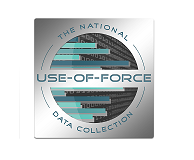
CJIS data exchanges are specified using XML Schema. Additionally, each exchange has more complex business rules defined specifically for that exchange. CJIS developed the XML Conformance Testing Assistant (XCOTA) tool as a service to validate XML Instances against both XML Schema definitions, as well as the exchange-specific business rules. XCOTA's mission is to aid CJIS exchange partners in the implementation of CJIS data standards, by validating sample XML instances during development, before official system testing begins.
An XCOTA desktop version is available for download. Data exchange partners may download the desktop version to run larger data sets with the benefit of use in an offline environment.
Download XCOTA Desktop (~279MB)
(SHA-2::198a5d03ce8e01f3f5e783650ff5907dc34a300b463adf24c8d3348fb9f7296f)




